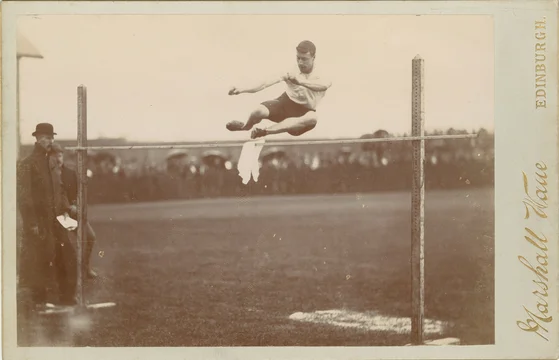
We've mentioned before that its difficult to win a Daubert motion, with the clear majority of cases finding that any issues with the expert's testimony go to the weight, rather than admissibility, and are best dealt with on cross-examination.
Judge Burke bucked that trend last week, granting a motion to exclude a damages expert's reasonable royalty calculation for failing to provide a sufficient factual foundation.
The Plaintiffs' expert in Shure Inc. v. ClearOne, Inc., C.A. No. 19-1343-RGA-CJB, D.I. 575 (D. Del. Oct. 8, 2021), based his damages calculation on the cost to the defendant of designing around the the patent in suit. He based that cost, in turn, on what the plaintiffs had spent to design around one of the defendant's patents following an earlier (and unrelated) lawsuit. In equating the costs, he had apparently relied on conversations with the plaintiffs' technical expert who had opined that the required design around here would be "more extensive," and thus, "more costly and time consuming." Id. at 2 (quoting the expert report).
Interestingly, Judge Burke took no issue with the general strategy of using an earlier design-around as a starting point for the calculations, but noted that it required further explanation as to how or why one redesign would have more extensive, stating:
So as long as the record contained information providing a sufficiently reliable explanation as to why that is—i.e., why ClearOne’s redesign would have been “more extensive” than Shure’s—then this portion of Dr. Vander Veen’s report could stand.
Id. at 3.
Reading through this opinion, it occurred to me that I should probably look into exactly how rare it is to see a Daubert granted in the district. So I did. You're welcome.
By my count, there have been 29 Daubert motions decided so far this year -- counting all of the Daubert motions filed by each side in a case as a single motion. In order to get the most optimistic estimate of a Daubert motion's chances, I counted every motion that was granted in part as a win, and only counted a loss if it was denied in all respects.
By this reckoning we have 11 wins and 18 losses, or a 38% chance of success. That's actually a bit better than I would have guessed, although that's probably partly a function of the methodology, which again paints the rosiest possible picture.
If you enjoyed this post, consider subscribing to receive free e-mail updates about new posts.



